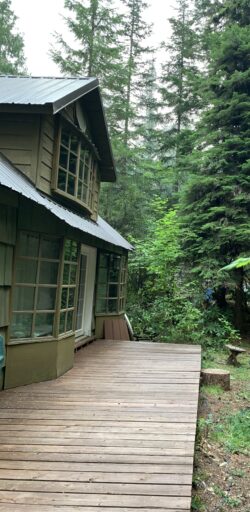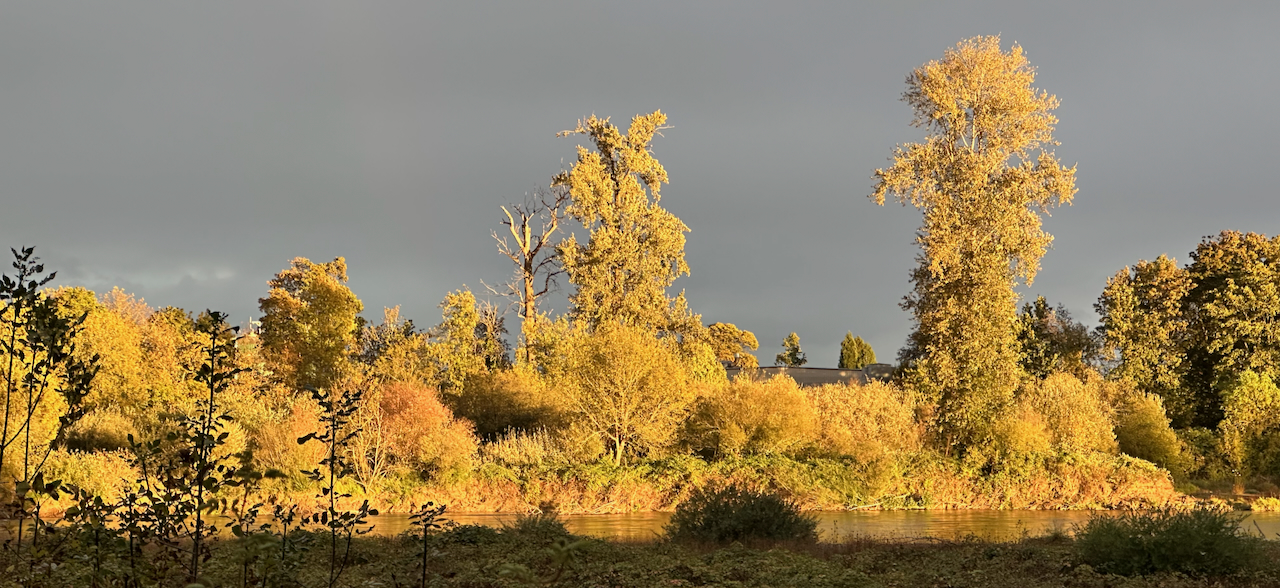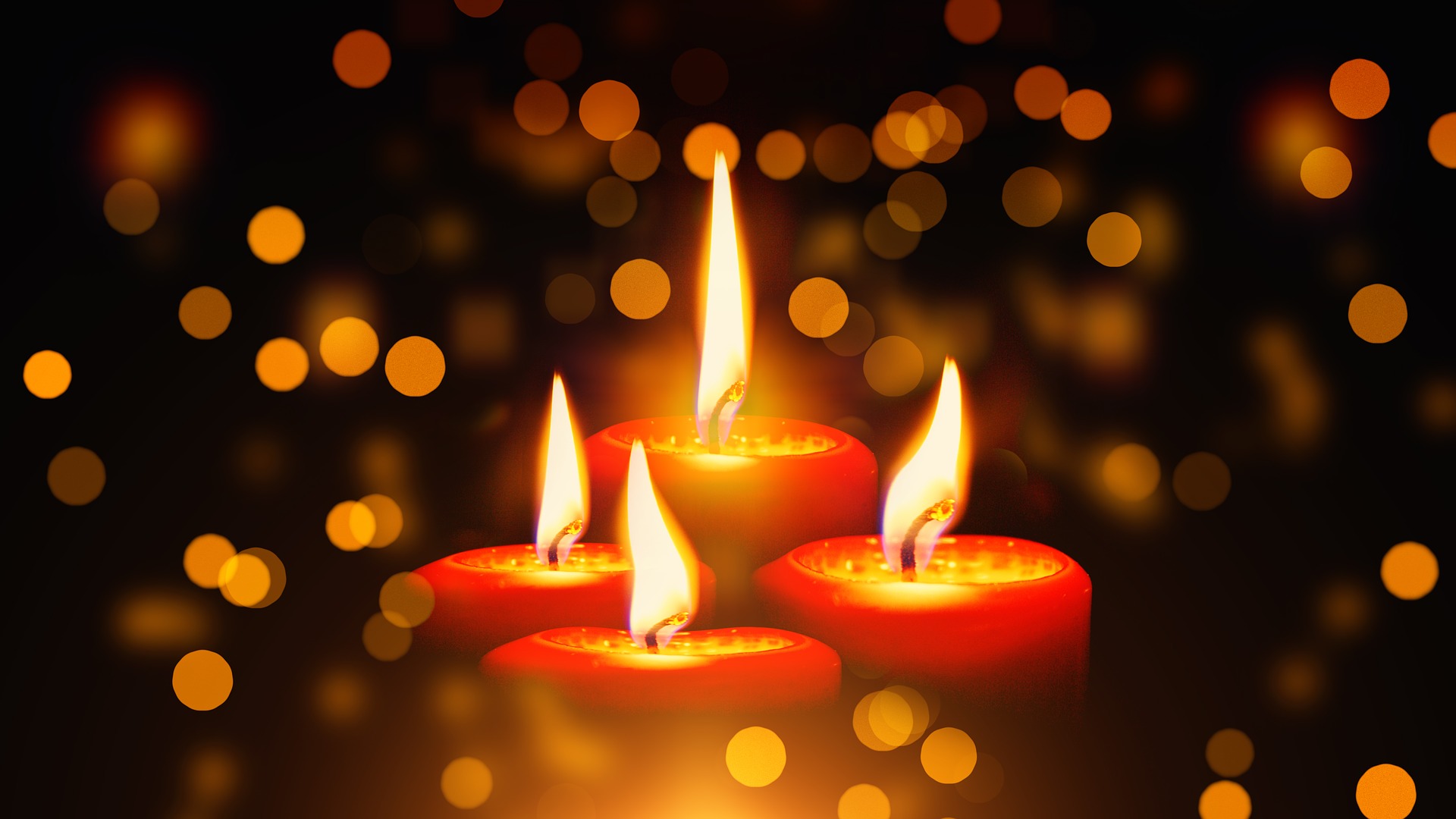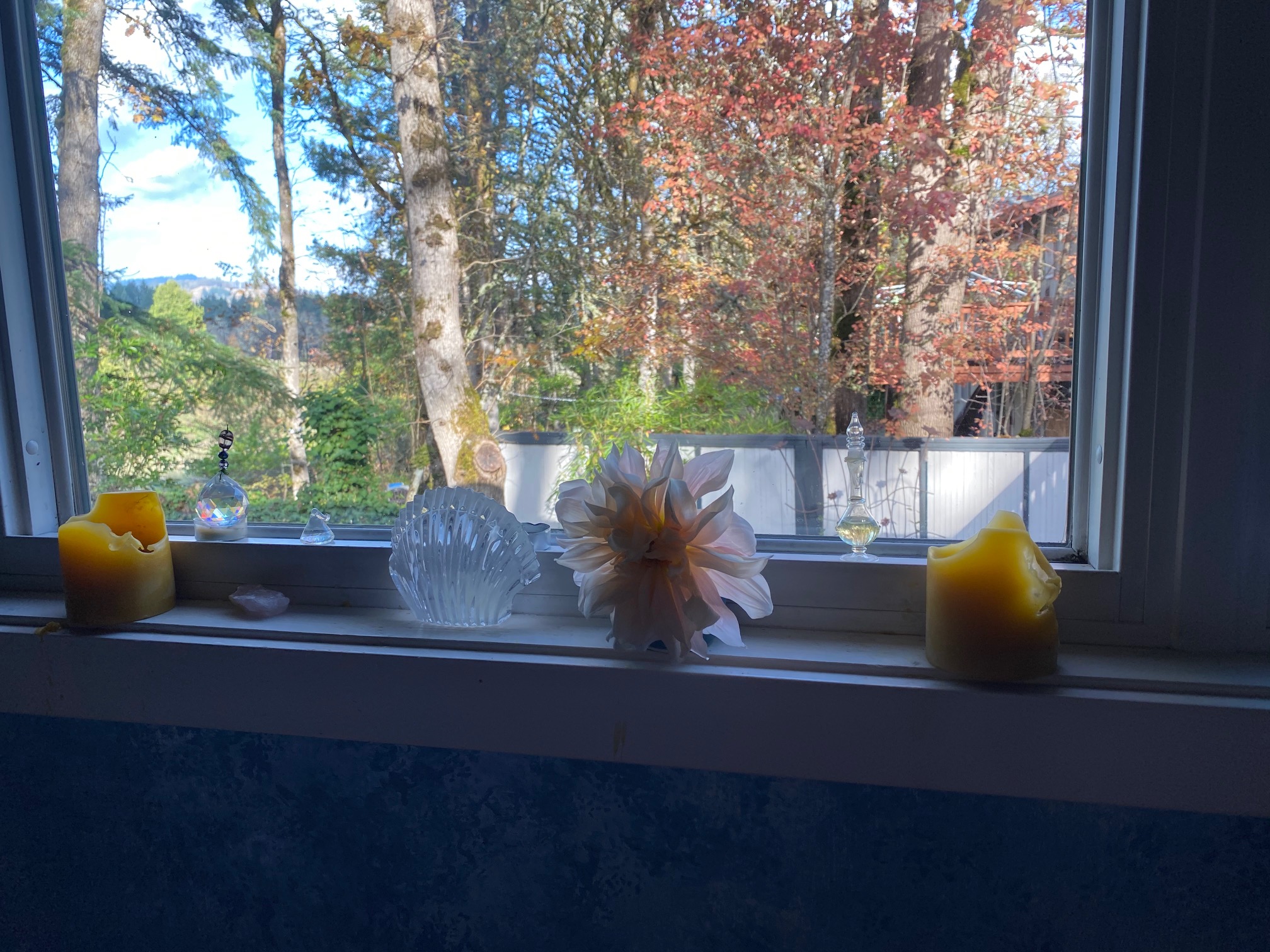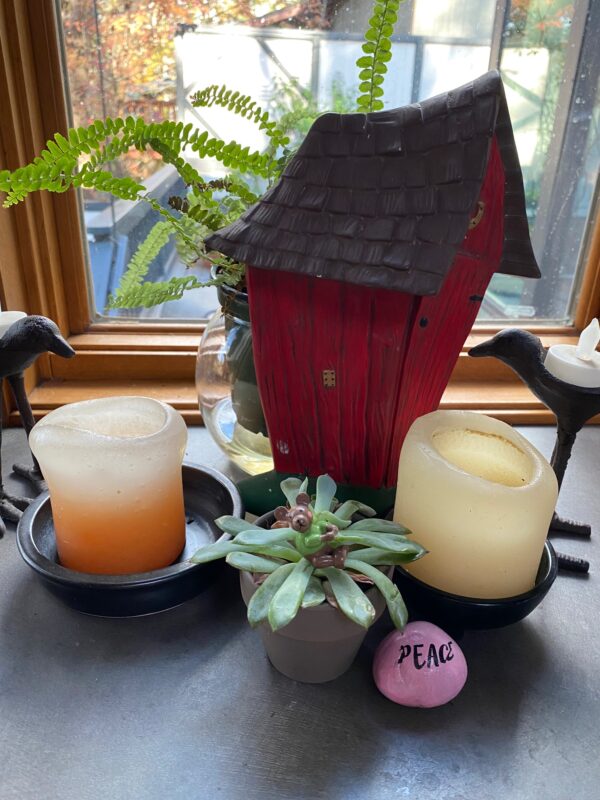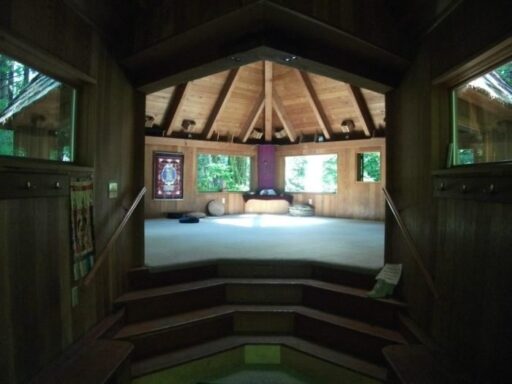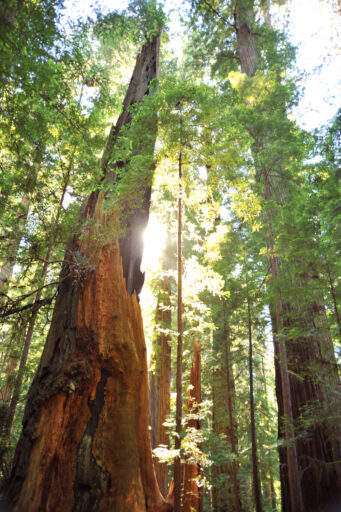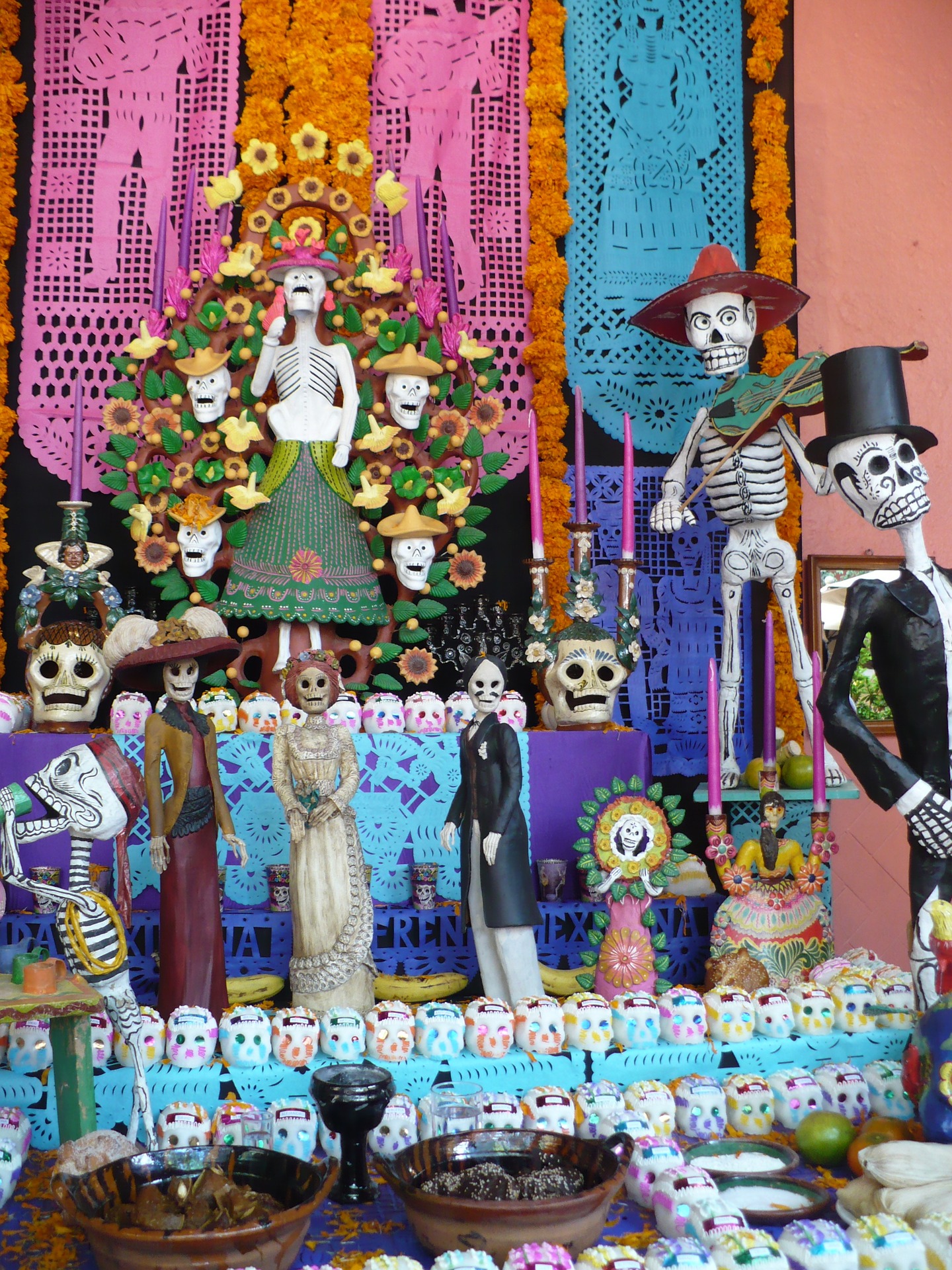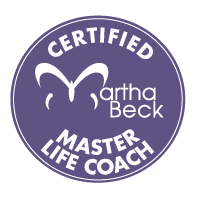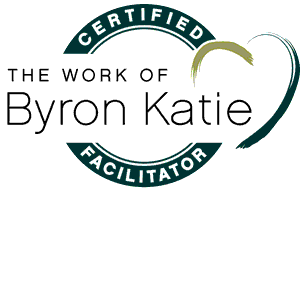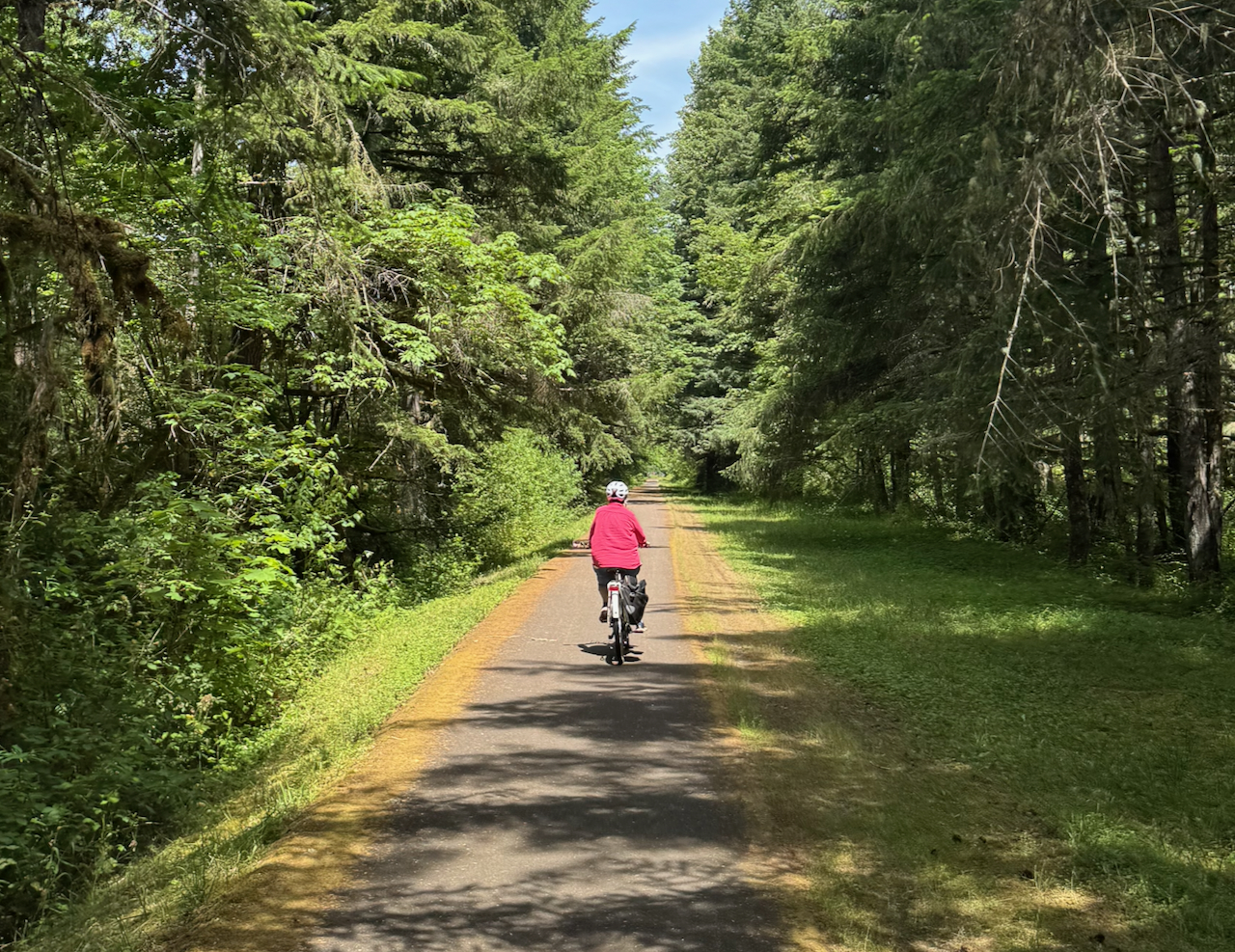
Welcome to Fall’s Official First Day!
Seasons just keep changing, with or without my permission. Or my opinion, which is that it’s all going too fast. Nevertheless, I welcome Fall, my favorite. No other seasons need apply. To be fair, I still offer summer a chance.
Summer in the Northwest offers a carnival of perfect choices for outdoor adventures. The weather is fine for months on end, at least when there’s no big wildfire blowing smoke our way. We’re all about camping, biking, climbing, hiking to admire waterfalls at the base of tall purple mountains and bright ocean sunsets. You may have seen the postcards.
To savor the summer season, my husband and I get out on our bikes nearly every day for the five months we’re not dodging rain drops. We love these meandering loops through Corvallis, the small college town that is our home of fifty years. Its name means “heart of the valley” in Latin. Our daily excursions are an antidote for an overload of worries for the world. As we weave through town, I imagine being a needle, my threads silently connecting people I don’t even know in our in our community in the Willamette Valley and beyond.
Then again, sometimes I’m not so silent. Bike lanes require ringing a bell or making a sound when passing. I was recently reminded that change comes from the little things, the minutiae of everyday life. So I launched my own little good will campaign during my morning bike ride by heartily singing out “On your left!” when I pass people from behind, sometimes wishing them a beautiful day as we roll past. This makes my heart smile. There’s rarely time for them to respond, so my wish for them feels like a gift without strings.
But something was a bit different on a ride a little over a week ago. I’m in my groove, threading my way along the river as we navigate a relatively remote and narrow part of the bike path. I haven’t seen anybody in the park so far that morning. As I pedal along, I see ahead of me an American flag, appearing out of nowhere. I get closer and see that it’s being carried by young man who’s jogging while wrestling the flag on a long, heavy pole.
“On your left!” I call out loud in best my singsong greeting. The flag bearer responds, but I can’t make out his words. A minute after speeding past I register the absurdity of the scene. Why would a lonely runner be lugging a heavy flag with no audience, going nowhere? By the time I retrace my tracks, he’s gone. Odd, I think.
Almost a week later. I make the connection. My flag-bearer non-event happened a day after the shooting of Charlie Kirk, someone I’d never heard of before.
I think back on that strange scene. I had belted out my customary warning, “On your left!” A hostile reaction to me as a “leftie” wouldn’t have been a surprise, given the strained national climate.
But that hadn’t happened. From the fog of memory comes the voice of a polite young man with the respectful tone of someone addressing an elder, “Thank you Ma’am,” he responds, adding “I’m sorry.”
As I remember that moment even now, a tilting world is set upright again. Upright. Not right wing. Not left wing. Just aright. From inside to out, from kindness from one person to another person and back again. All right.
Old-fashioned civility. It has a history of setting things right. Maybe it’s just a small beginning, but it’s an offering, from where I live, at home here in my heart, smack dab in the very Heart of the Valley.
My autumn wish for you: May your life bring you peace where it’s unexpected. May we all find hope in the little kindnesses, beginning with the good manners and kindness that holds us together.
Minutiae
Ordinary times with quiet mornings like now, coffee in hand and sunlight on back
Quiet! Coffee! Sunlight!
These guests
I welcome each day
without fanfare, and they join
a minutiae of miracles,
muffled by major momentous news
or maybe recalled in some misty montage
buried in the slow lane
where nothing is being solved or resolved
and nobody is taking photographs
—SgB 25


